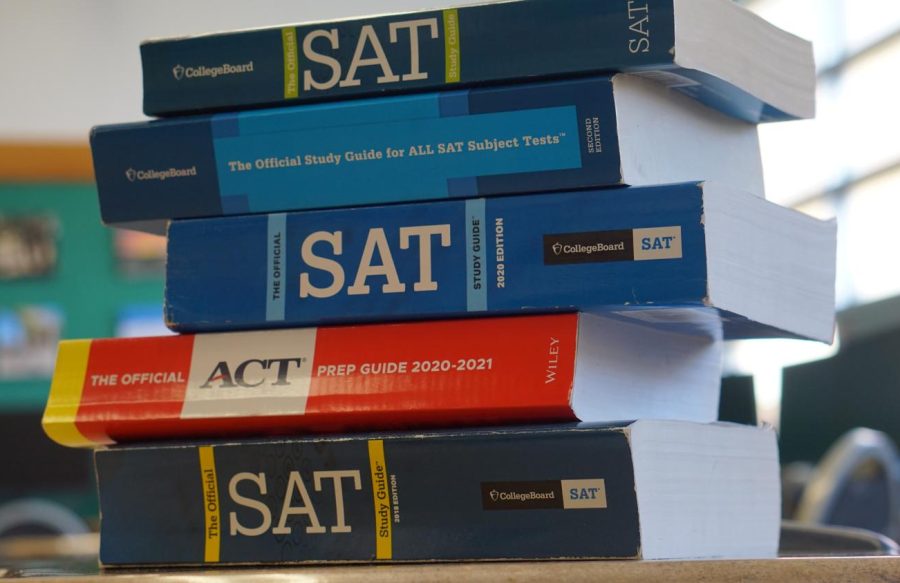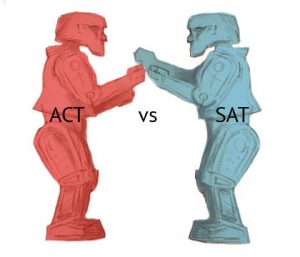SAT, ACT offer unfair advantages to privileged students
Colleges should eliminate classist standardized tests
Standardized admissions tests reward those who can afford the resources to maximize their scores, which makes the tests inherently inequitable.
January 11, 2022
The standardized test system is classist. Now, I will admit that I’m about to go onto my soapbox about a system that I have played into. My parents had the resources to hire a tutor and finance my three ACT sittings, leading me to score higher on the test. This is direct evidence of the ways the system is imbalanced. All things considered, standardized testing might actually be the most secure way to gauge an individual without outside influences. This doesn’t mean that the system is without flaws.
Those with learning disabilities face a system not designed to accommodate them, rendering many at a disadvantage. To get accommodations, you must have an appointment with a specialist, get a signed note, have meetings with counselors at school and contact College Board directly. Even then, you still may be denied accommodations. For those needing extra time, the College Board standard is time and a half, meaning the SAT would take six and a half hours with only four five-minute breaks in between.
There is also not a lot of evidence that affirms the ACT and SAT are accurate measures of intelligence. The tests are about preparation. One person could have a low GPA and get a high SAT score, whereas someone else could have a high GPA and have testing anxiety that results in a lower score.
The socioeconomic background of a given test taker impacts the resources available to them. Many colleges count superscores, the best score from each section combined, and students who have the resources available can take the test multiple times to “craft” their score. Both the SAT and ACT are standardized tests and state that they guarantee a score boost the more you take it. According to ACT, when comparing the class of 2015 graduates who retested to those who did not, clear discrepancies emerge.
Repeat-testers have a 2.9-point greater composite score (test scores range from 1 to 36) than single testers.
In the same vein, tutoring programs and prep courses are expensive. ACT and SAT prep books, online services and private tutoring programs range from $200 to over $1,000.
These discrepancies in pre-test planning due to a lack of funds can also be seen in the testing environment. Graphing calculators are recommended for both the SAT and ACT. These calculators cost on average anywhere from $100–$200. The ACT math section is 60 questions in 60 minutes, and a calculator is allowed throughout the entire section. This is extremely hard to complete even with a calculator; I can’t imagine taking an ACT without one. Further, many testing sites do not have enough calculators to offer to students who do not have their own.
Many colleges and universities have decided to go test-optional, but test-optional is not a good solution in the long run. According to IvyWise, 75% of four-year colleges and universities in the U.S. are test-optional for the 2021-2022 application cycle; however, in a 2021 sample of universities conducted by CompassPrep, applicants who submitted test scores compared to those who omitted test scores had a much higher chance of acceptance.
All of this points to a single solution: just get rid of the tests. Either everyone submits or no one does. It’s not beneficial to the kids who do not submit and while college admissions might tote around the idea of being test-optional there is an unconscious bias. Admissions may say they are “holistic review” and “impartial eyes” but these are humans and bias will slip through.
To level the very unequal playing field of college admissions just a smidgen, the standardized entrance test system can leave and never come back.







